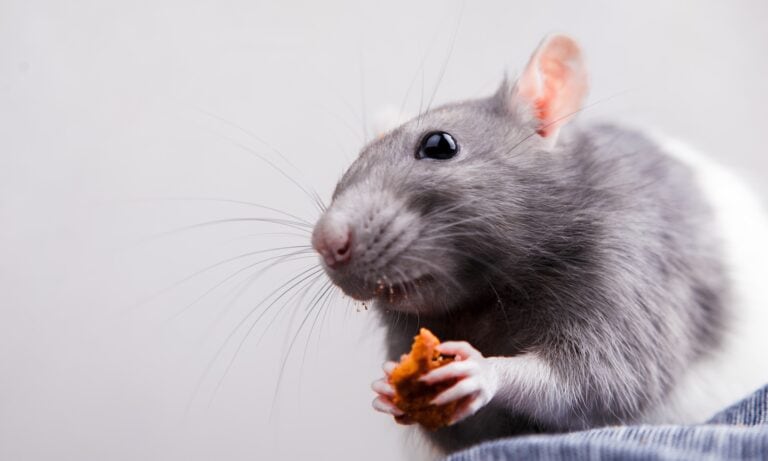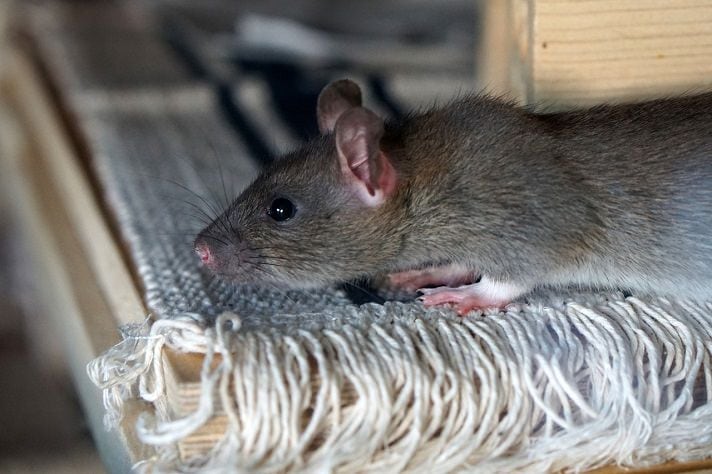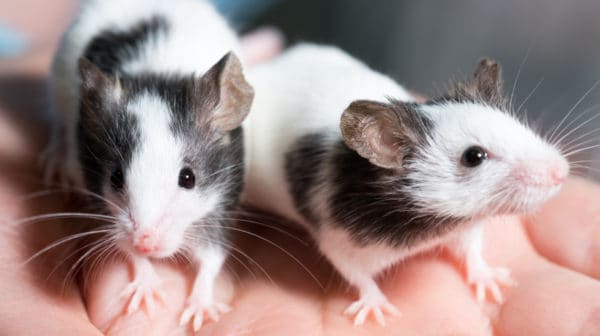Q.
Today I found a field mouse by the side of my house. At first I caught him to move him to a nearby creek, but then I discovered he was missing an eye and had recently been attacked. His front leg is mangled, but he still uses it to push himself around. I put him in an empty fish tank, it’s fairly large, and I put grass, breadcrumbs, seeds and a cherry tomato slice in for him. I used a medicine dropper to put in drops of water. He gets really tired, and I know that his chances of dying are high, but I wanted to know if you had any advice on how I should take care of him. I haven’t touched him and I won’t, but I want to help him in the best way I can. Sometimes he runs around the tank, but that’s only after I give him water. Is there a chance he can survive under my care?
A.
It is possible this wild mouse can survive under your care but it is also possible he will die painfully, that he might have a disease that you can catch or that he is a protected species that you could be fined for possessing, even if your intentions are innocent. For those reasons, we always recommend that if you find injured wildlife, please call officials whose job it is to help those types of animals.
Different groups can help you. These include city, county or state wildlife officials or members of a local wildlife shelter organization. If you still are not sure who to contact, then call a veterinary office. Veterinary offices usually have the information easily available as we get calls like this on a daily basis.
Various species of wild rodents exist. Not all are mice, some are endangered, and all of them have specialized habitat and food requirements that are difficult for most people to duplicate in their homes.
Some deadly diseases, such as Hantavirus, are carried by wild rodents. People can inhale these when exposed to feces from infected rodents. There would be no way for you to know if this mouse was infected.
Finally, wildlife shelters have expertise and the proper equipment to help this mouse. At the very least, this mouse needs antibiotics, pain medication and specific nutrients to help heal from its injuries. It is possible that the shelter may decide that the injuries are so devastating and the pain so uncontrollable that this patient should be euthanized, but this is not always the outcome for severely injured wildlife. If the veterinarians and shelter personnel determine that the patient can survive and the pain be controlled, even if the mouse is not releasable back to the wild, they will do what they can to save it. Such animals then usually become part of an educational exhibit to teach the public about the wildlife around us.
By: Karen Rosenthal, DVM, MS, DABVP
Feature Image: Rudmer Zwerver/Shutterstock.com
Share:









